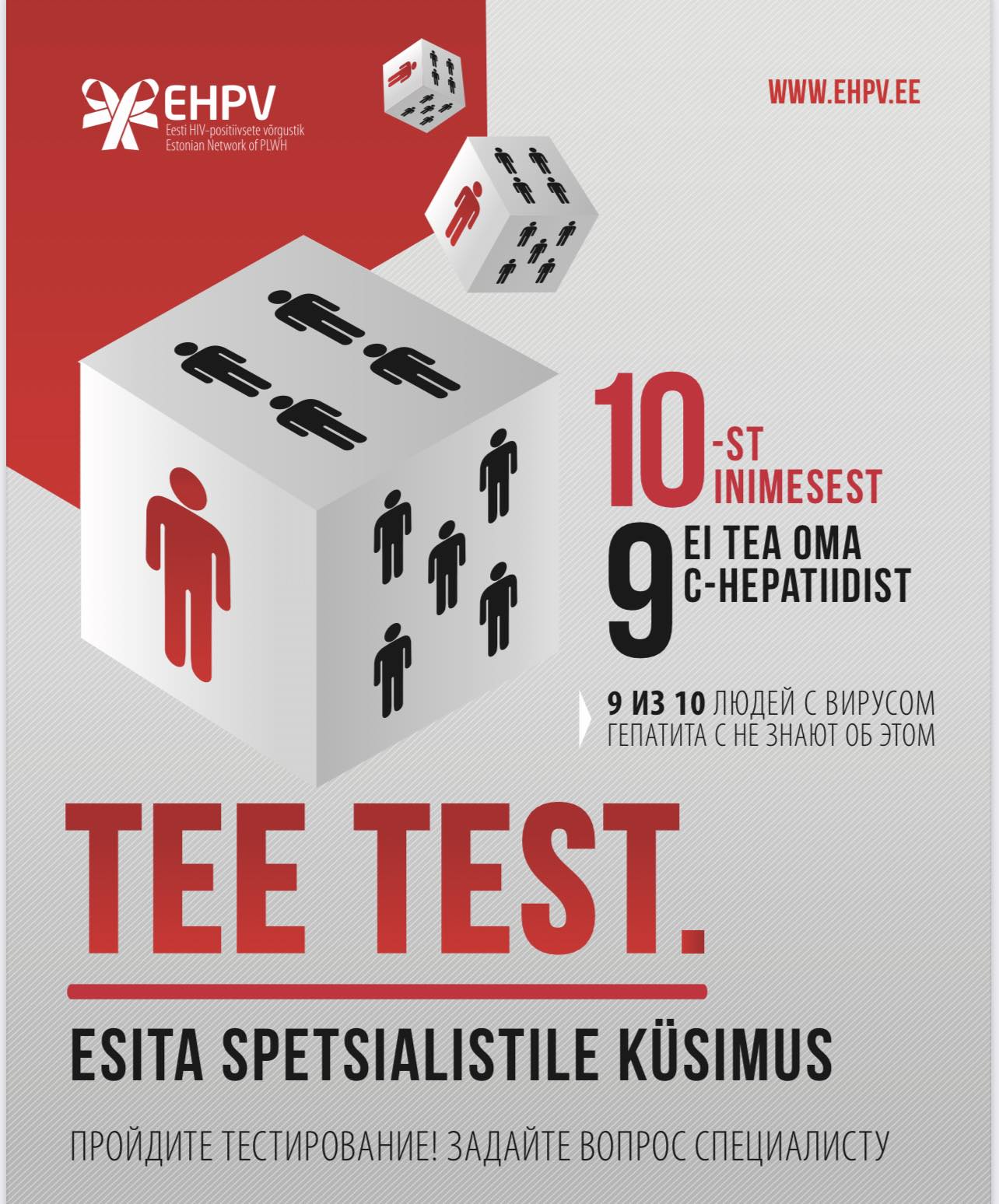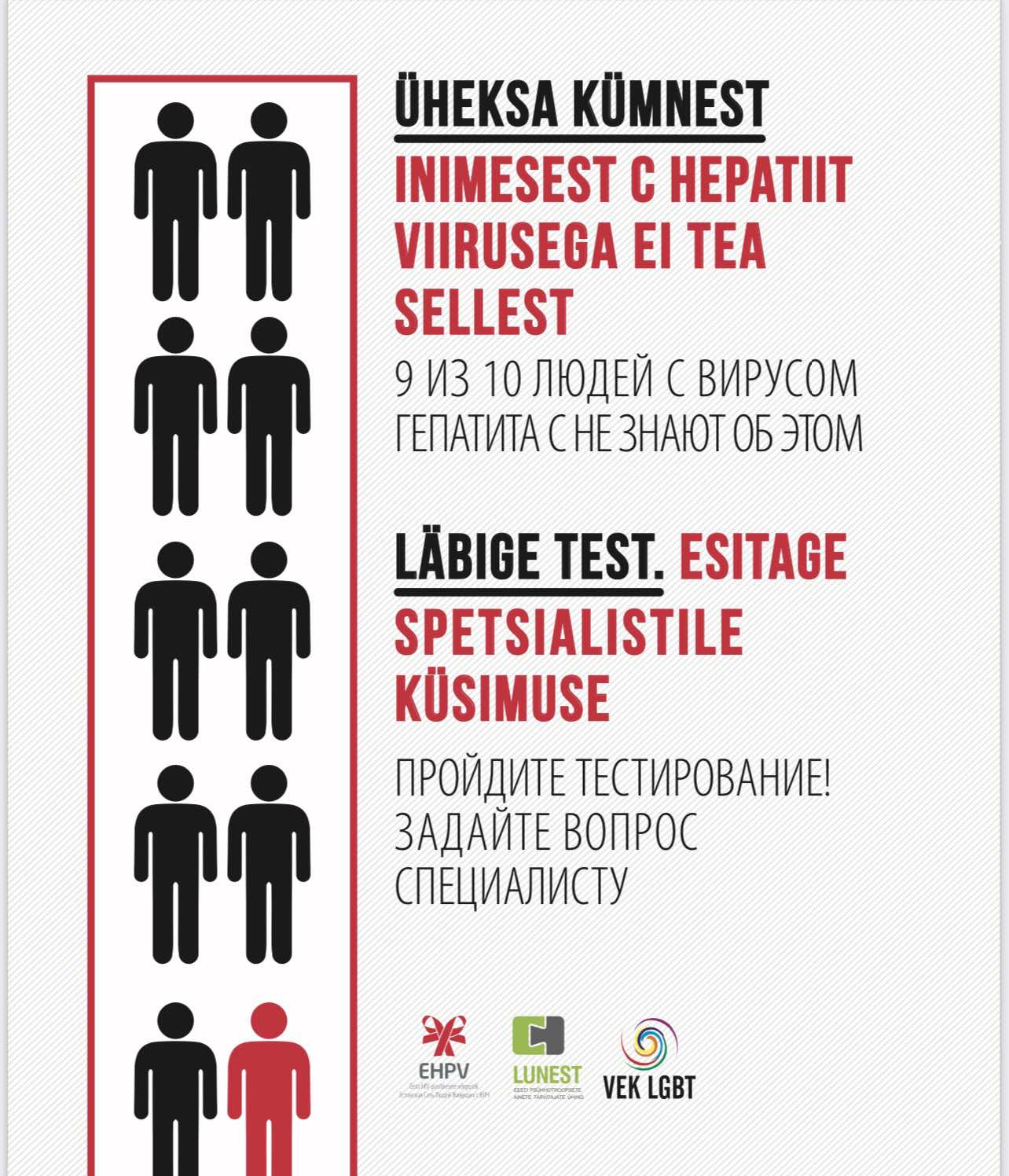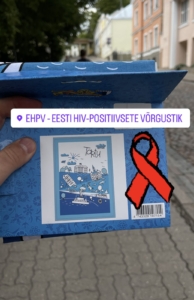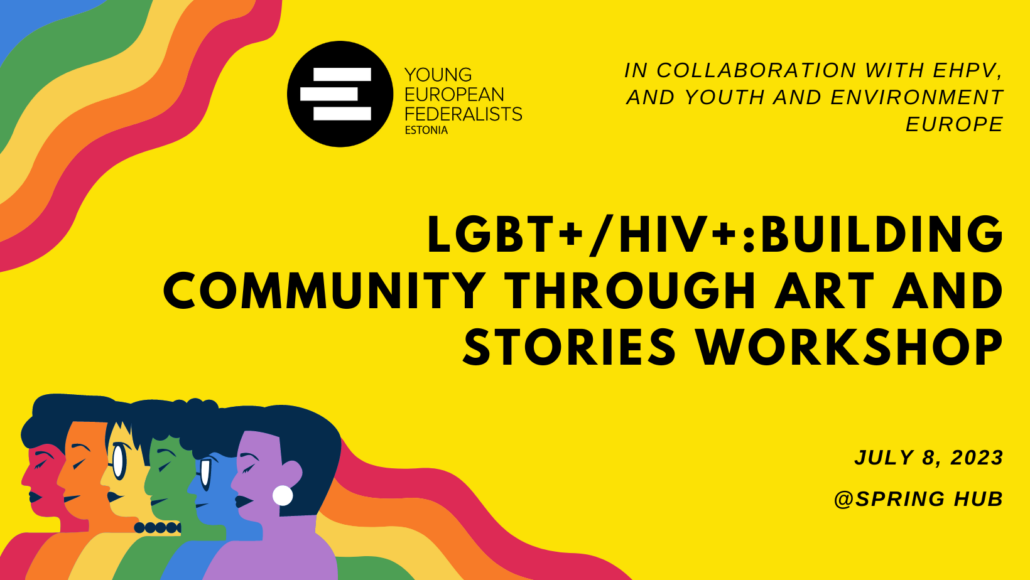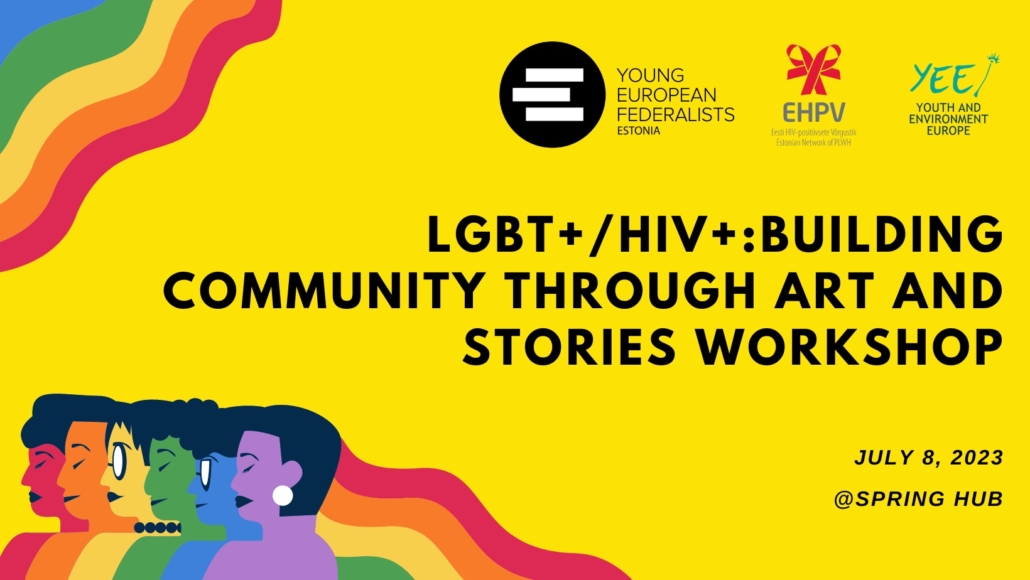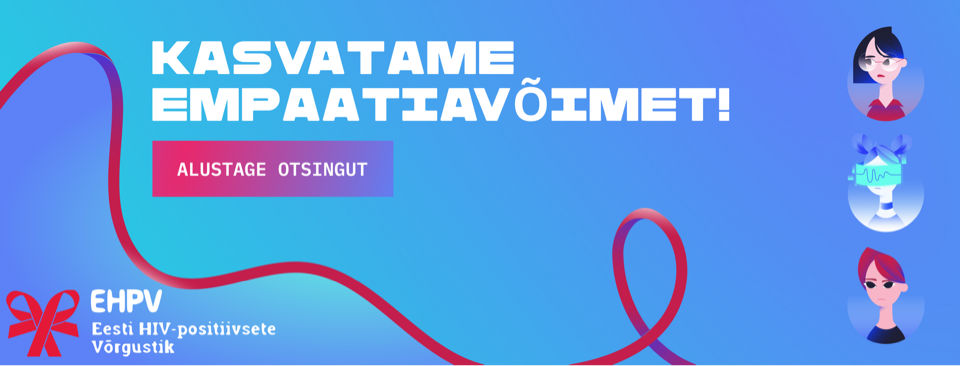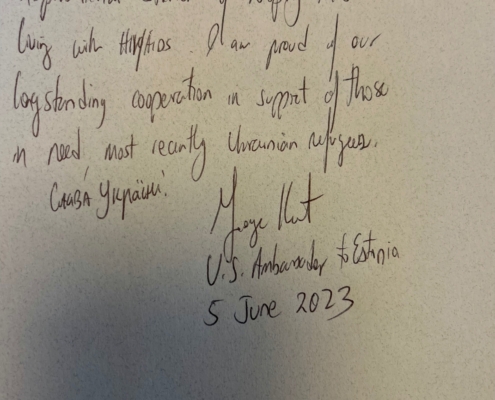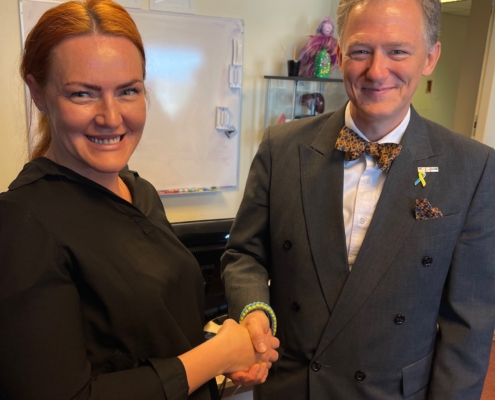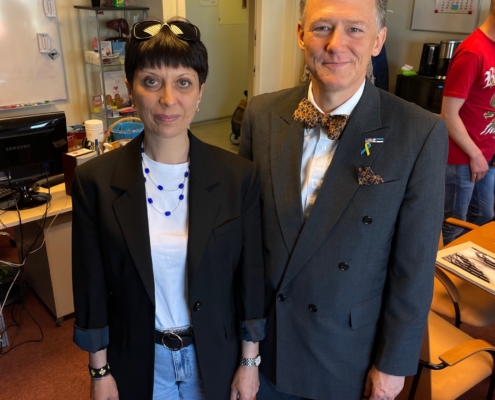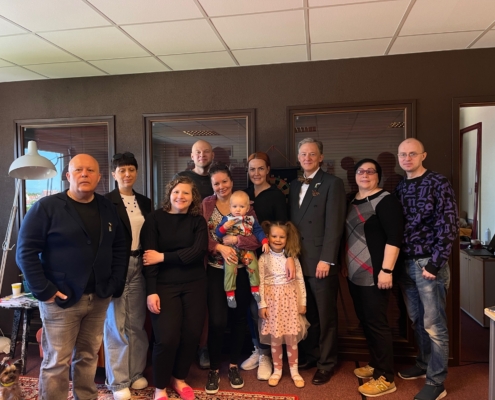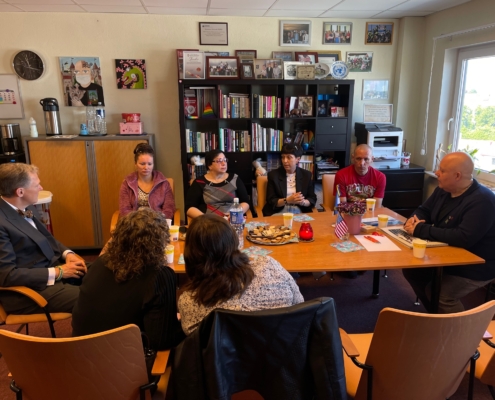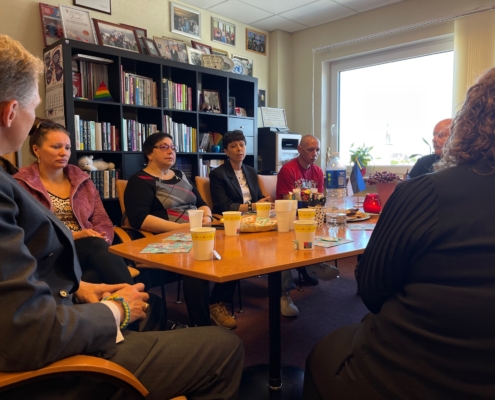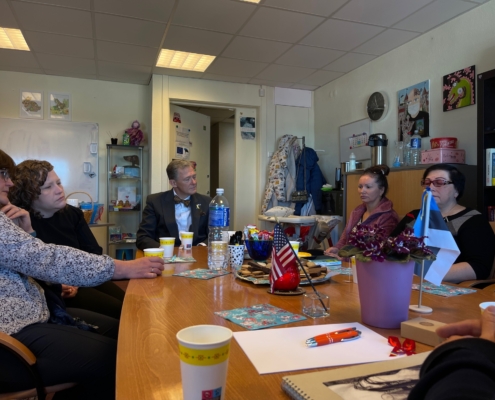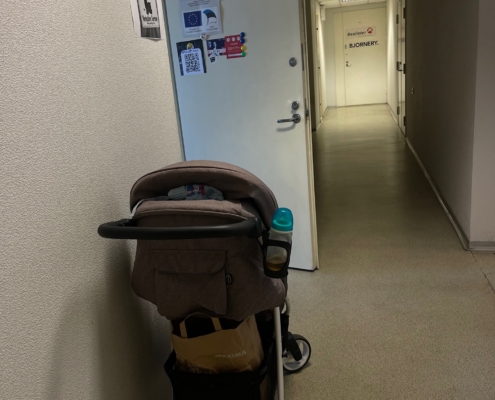June 5th is recognized as HIV Long-Term Survivors Awareness Day (HLTSAD). Currently, there are approximately 300,000 individuals who acquired HIV prior to 1996, which is before effective antiretroviral therapy became available.
On this day, the United States Ambassador to Estonia, George P. Kent, met with representatives of Estonian Network of People living with HIV (EHPV) – www.ehpv.ee.
It is very symbolic that this meeting took place on the day when, 40 years ago in 1981, the first report was published on the condition that later became known as “AIDS.”
During the meeting, there was an exchange of opinions on living with HIV, socially significant diseases in Estonia, including among Ukrainian refugees who have received temporary protection, as well as the role played by community representatives, non-governmental organizations, and the importance of collaboration. It was emphasized at the meeting that we cannot weaken our efforts in combating epidemics, many of which, including HIV/AIDS, have been exacerbated due to the COVID-19 pandemic. It is necessary to continue the fight against the spread of HIV, expanding cooperation with affected communities, raising awareness about the virus, and closely collaborating with experts in this field.
In the first report on AIDS, five cases of the “mysterious disease” affecting young gay men were extensively described.
Effective HIV treatment (combination antiretroviral therapy) only emerged 15 years later, in 1996. Individuals who acquired HIV or were born with it before 1996 are considered “survivors of the epidemic.”
HIV Long-Term Survivors Awareness Day is dedicated to the resilience and strengths of those who have survived the AIDS epidemic. Today, people living with HIV for over 27 years remind us of themselves and their needs. They have set the agenda and priorities for “moving forward”:
- Make the quality of life for long-term HIV survivors and elderly people aging with HIV a true priority.
- Provide universal access to HIV treatment to end the epidemic.
- Take care of the mental health of long-term HIV survivors, considering cultural specifics.
- Address issues of poverty and economic vulnerability.
- Continue the fight against discrimination and invisibility concerning elderly people with HIV.
“People living with HIV deserve dignified aging” is the motto under which HLTSAD events are taking place this year and will continue throughout 2023.
Over the past 40 years, more than 77 million people worldwide have been infected with the human immunodeficiency virus (HIV), and at least 35 million of them have died due to complications caused by Acquired Immunodeficiency Syndrome (AIDS), which is the terminal stage of HIV development.
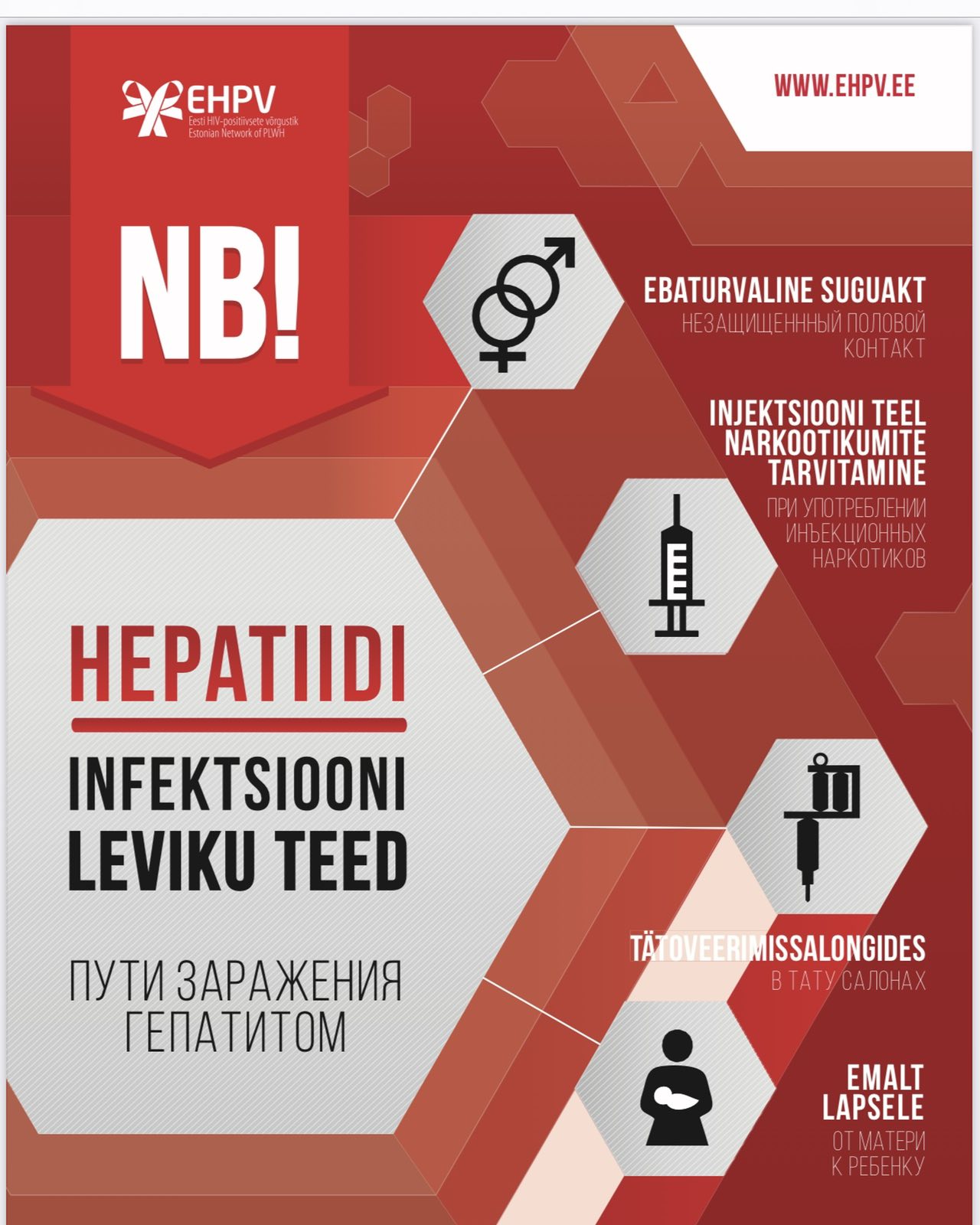 Every year, more than a million lives are lost to hepatitis. We’re not waiting for change – we’re fighting to make it happen.
Every year, more than a million lives are lost to hepatitis. We’re not waiting for change – we’re fighting to make it happen.
